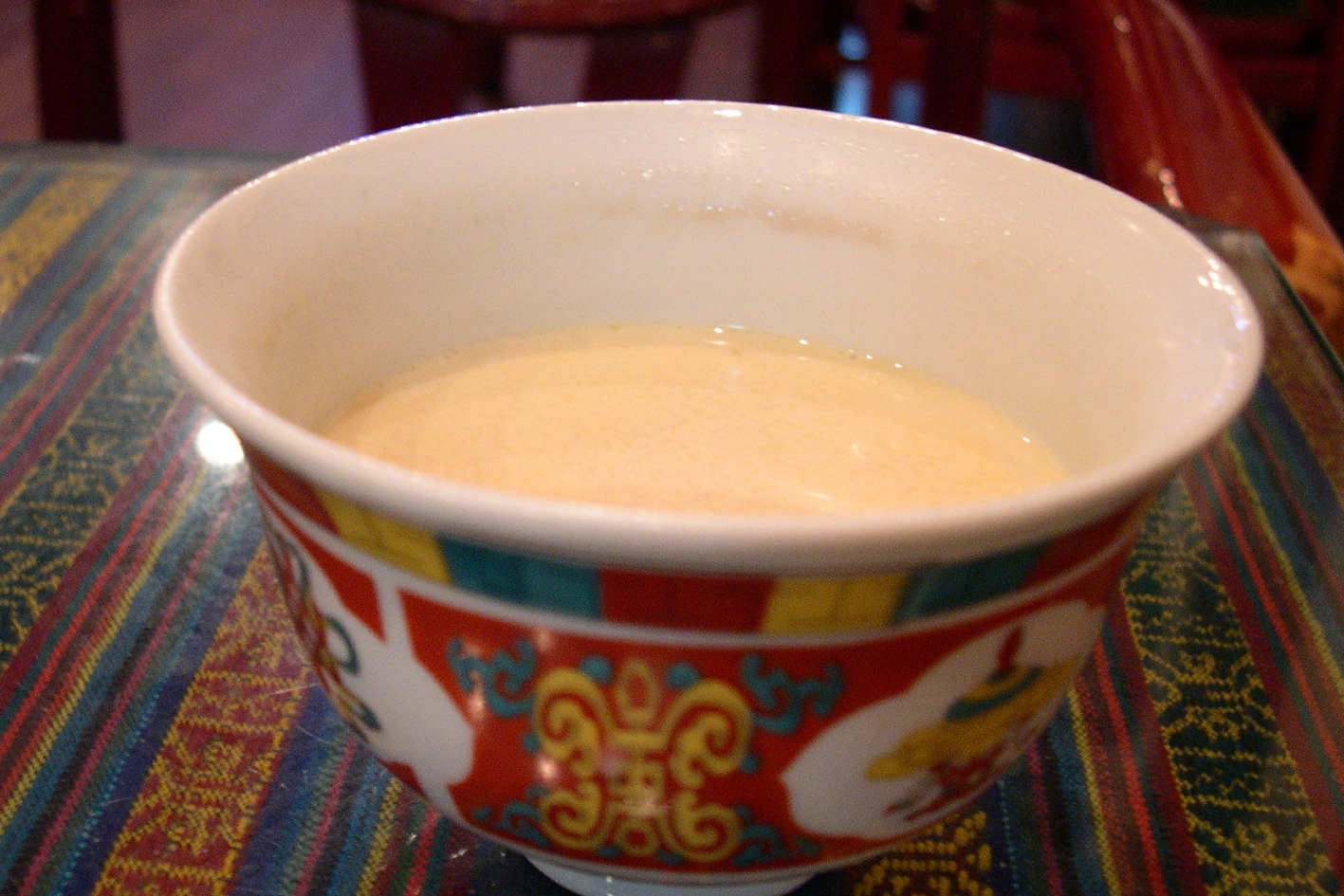
A taste of Tibetan tradition
" more than just a beverage; it embodies the rich tapestry of Tibetan culture and heritage "
Butter tea, or po cha as it is known in Tibet, is a traditional beverage deeply rooted in Tibetan culture. Originating from the Himalayan regions of South Asia, butter tea is a beloved drink enjoyed in various parts of the world, including Nepal, Bhutan, Kashmir, Pakistan, Afghanistan, and beyond.
Uniqueness of Butter Tea
For many, butter tea is an acquired taste. Unlike the sweet teas familiar to Western palates, butter tea offers a savoury and salty flavour profile that may surprise the uninitiated. However, for those who have experienced the warmth it provides on a cold day or the camaraderie it fosters during shared moments, butter tea becomes a cherished part of their cultural experience.
Traditional preparation
In Tibet, the traditional preparation of butter tea is a meticulous process. Special black tea from the Pemagul region is boiled for hours to create a concentrated liquid known as chaku. This liquid is then combined with yak butter and salt, preferably from the female yak known as dri, to achieve the authentic flavour profile.
Customs and traditions
Drinking butter tea is a central aspect of Tibetan life. It provides essential sustenance, particularly in high-altitude regions, and is offered generously to guests as a gesture of hospitality. According to tradition, guests are served butter tea in constant refills, symbolizing the host's generosity.
Cultural significance
Butter tea holds significant cultural importance beyond its culinary appeal. It is integrated into various ceremonies and rituals, from Tibetan Buddhist practices to traditional celebrations like weddings and Losar, the Tibetan New Year. Its consumption is steeped in customs and etiquette, reflecting the reverence with which it is regarded.
Making Butter Tea outside Tibet
Outside of Tibet fortunately, making butter tea is more accessible. The recipe simplifies, allowing for the use of readily available ingredients like plain black tea, butter, salt, and milk. While purists may prefer the original ingredients, modern adaptations often utilize cow's milk and standard black tea varieties.
Conclusion
Butter tea is more than just a beverage; it embodies the rich tapestry of Tibetan culture and heritage. From its humble origins to its enduring presence in contemporary life, butter tea continues to captivate hearts and palates around the world. Whether sipped in a monastery in Lhasa or shared among friends in distant lands, each cup tells a story of tradition, warmth, and community.
Prepared by a Chaîne News Online Staff Writer
Researched from various sources E&OE